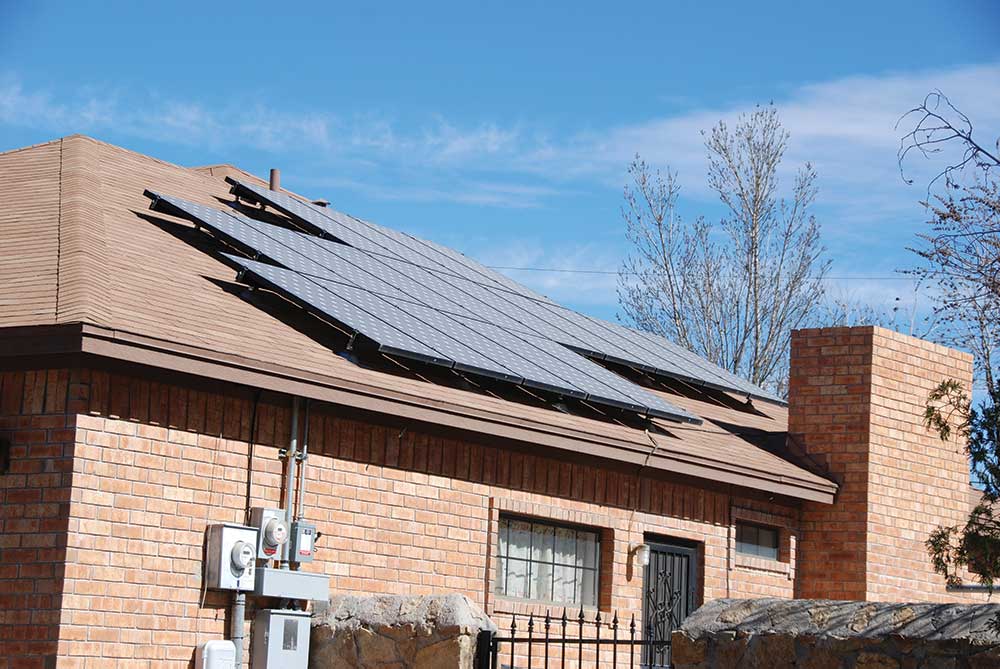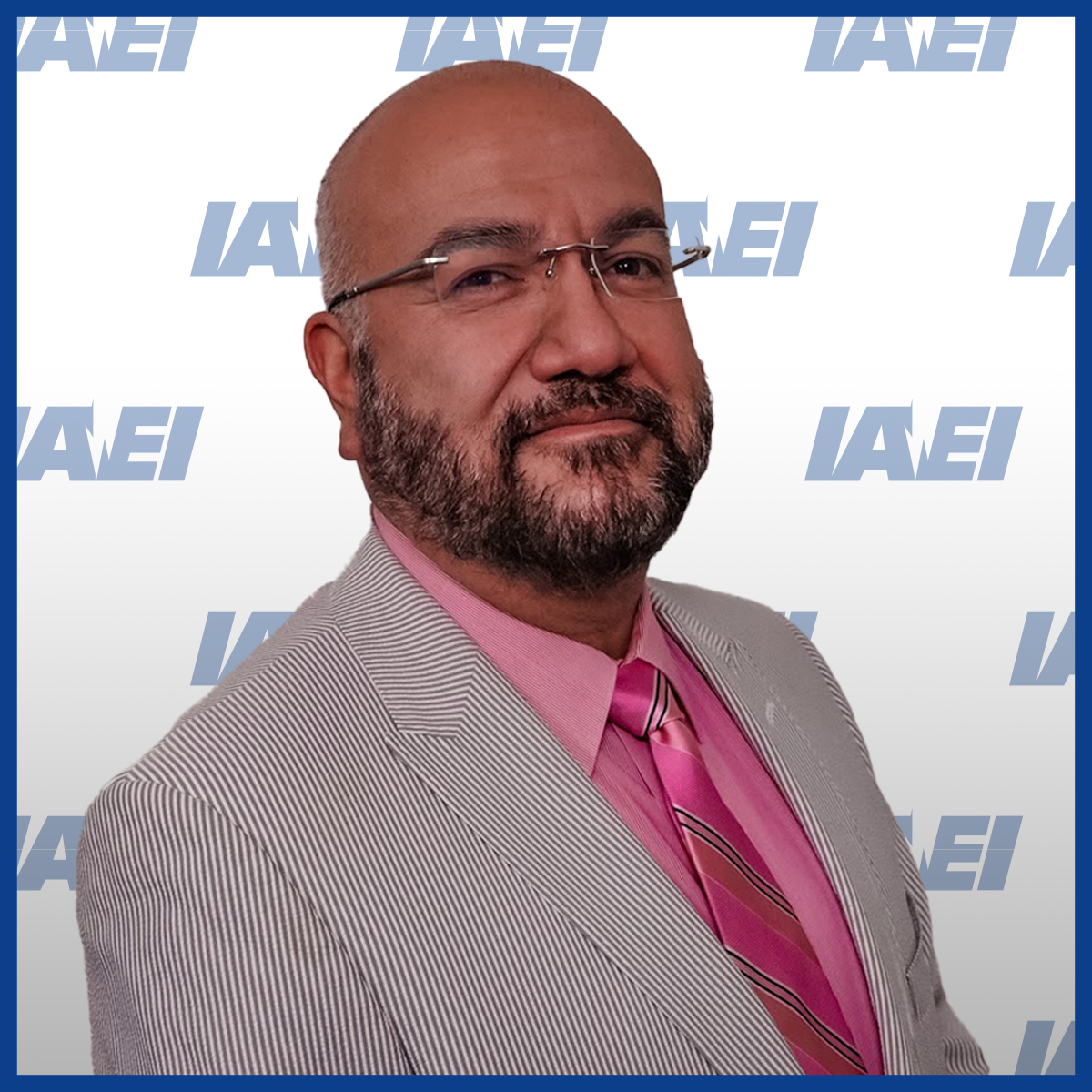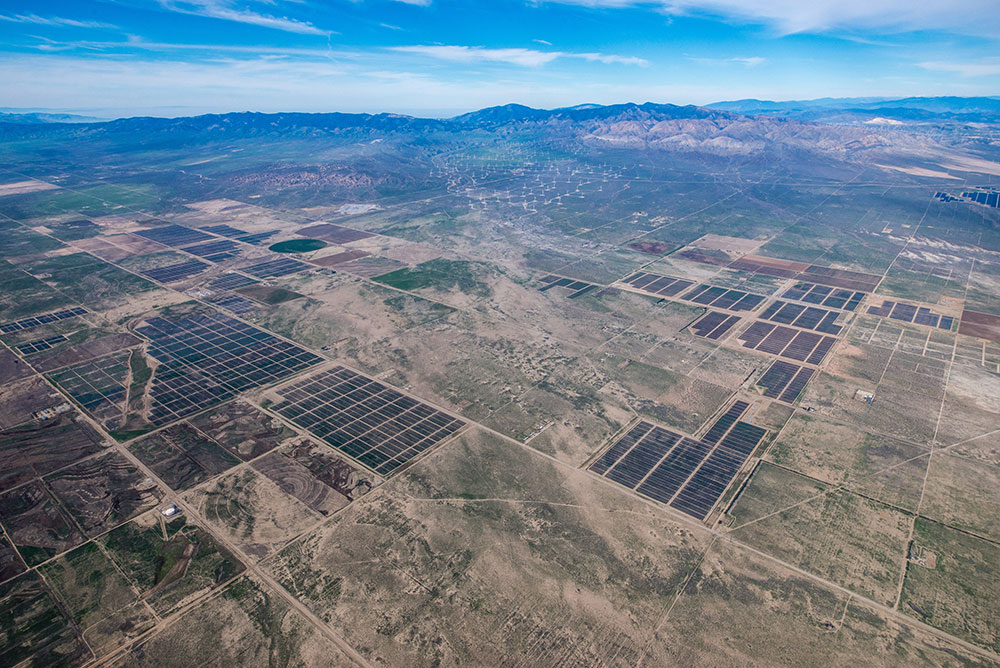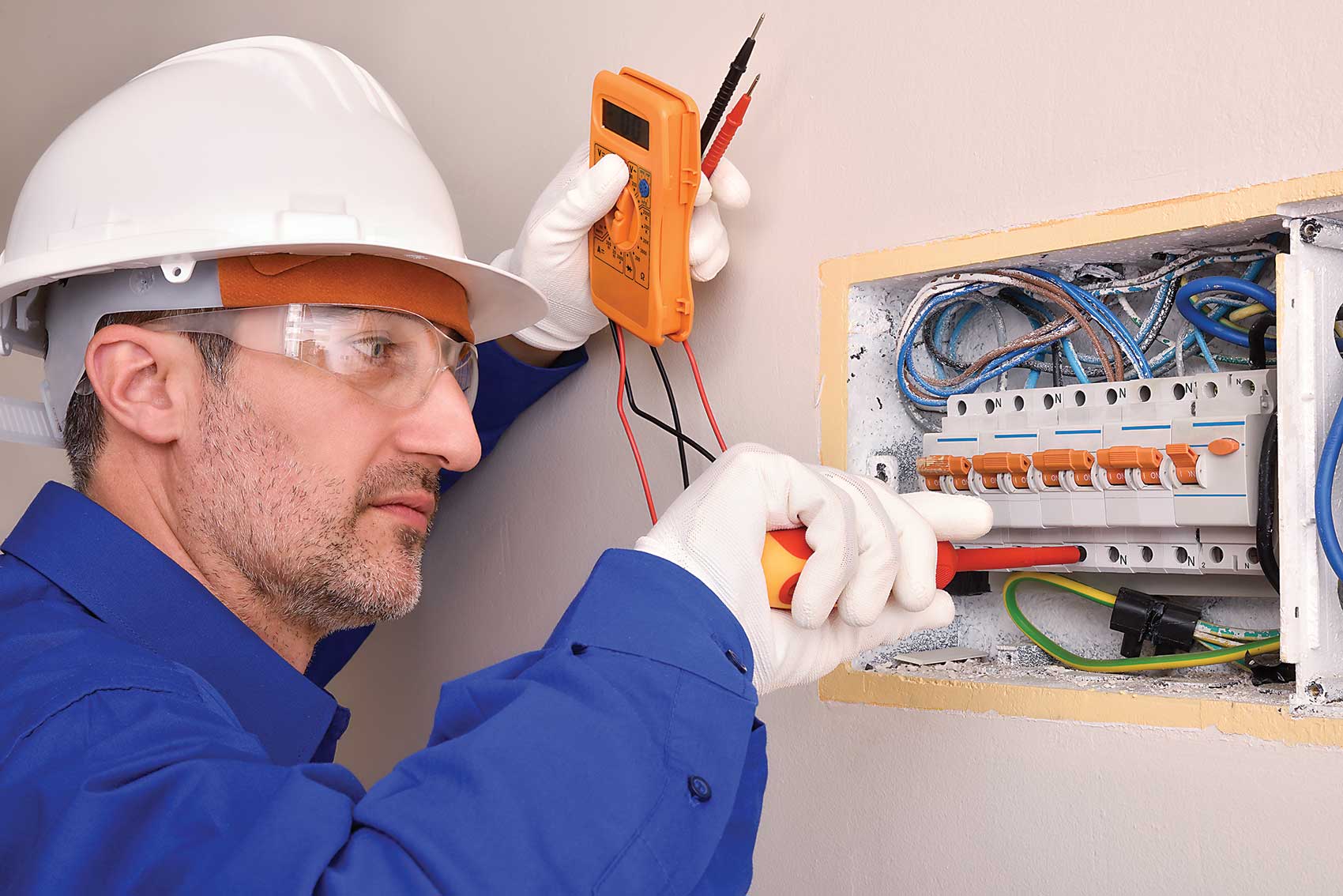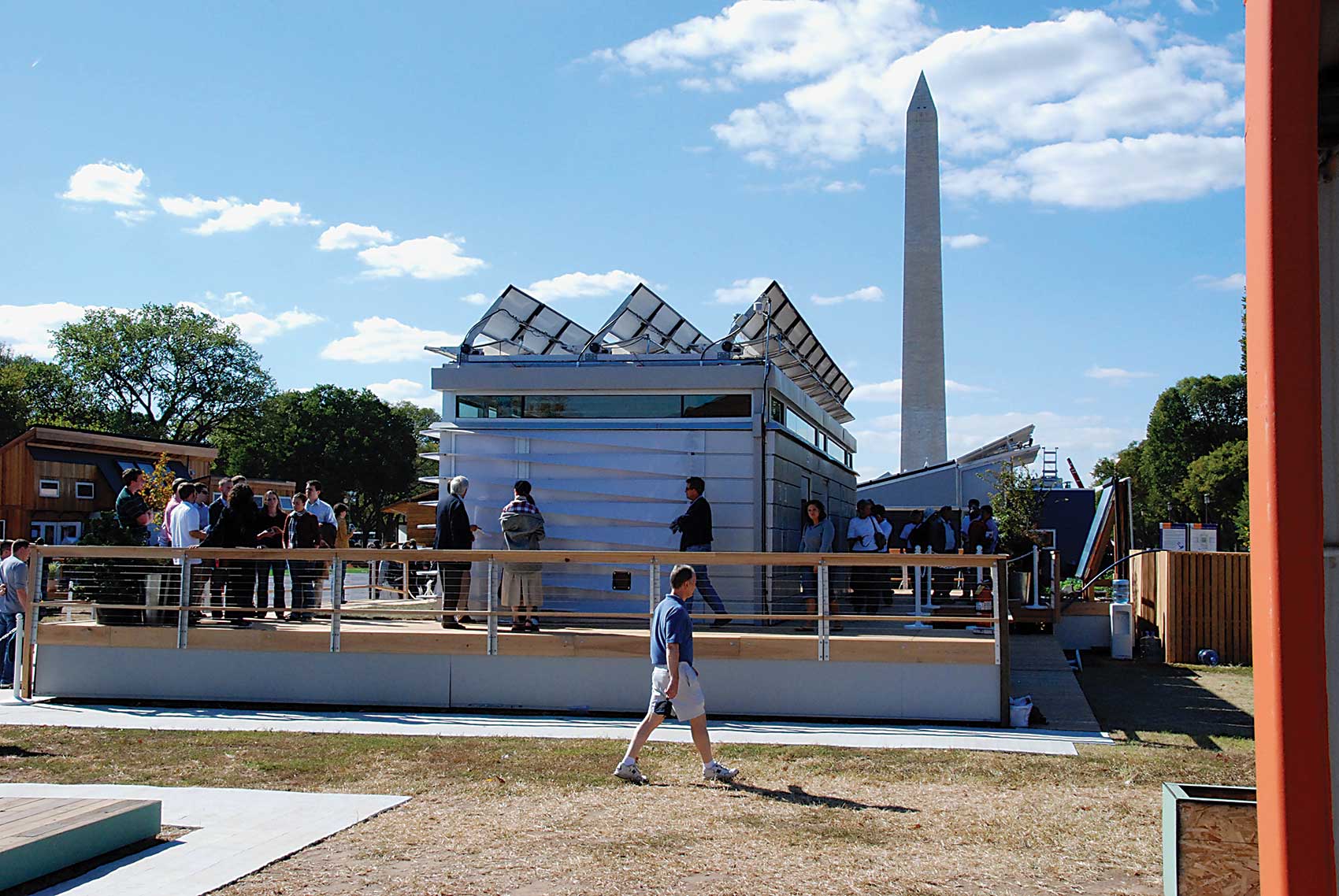Several different wiring methods may be used to route the power from the PV array to the utilization equipment.
To play this game, you need a sharp eye, a quick mind, and a 2020 National Electrical Code book. The 2020 NEC can be accessed for free at nfpa.org/70.
In the U.S. and Canada, certification marks can be used on a number of products in a variety of ways. Intertek Certified products can be listed, recognized, classified, or have a limited production certification (LPC).
As we honor National Electrical Safety Month this May, it’s a reminder that the same level of commitment to safety from electrical hazards is important every day. After all, lives are depending on our commitment to safety at work and home.
Numerous Code requirements apply to the PV array and other equipment located in the vicinity of the array. These include conductors, DC combiners, arc-fault protection equipment, and rapid shut down equipment. This article addresses some of these requirements as they are found in the 2020 National Electrical Code (NEC).



